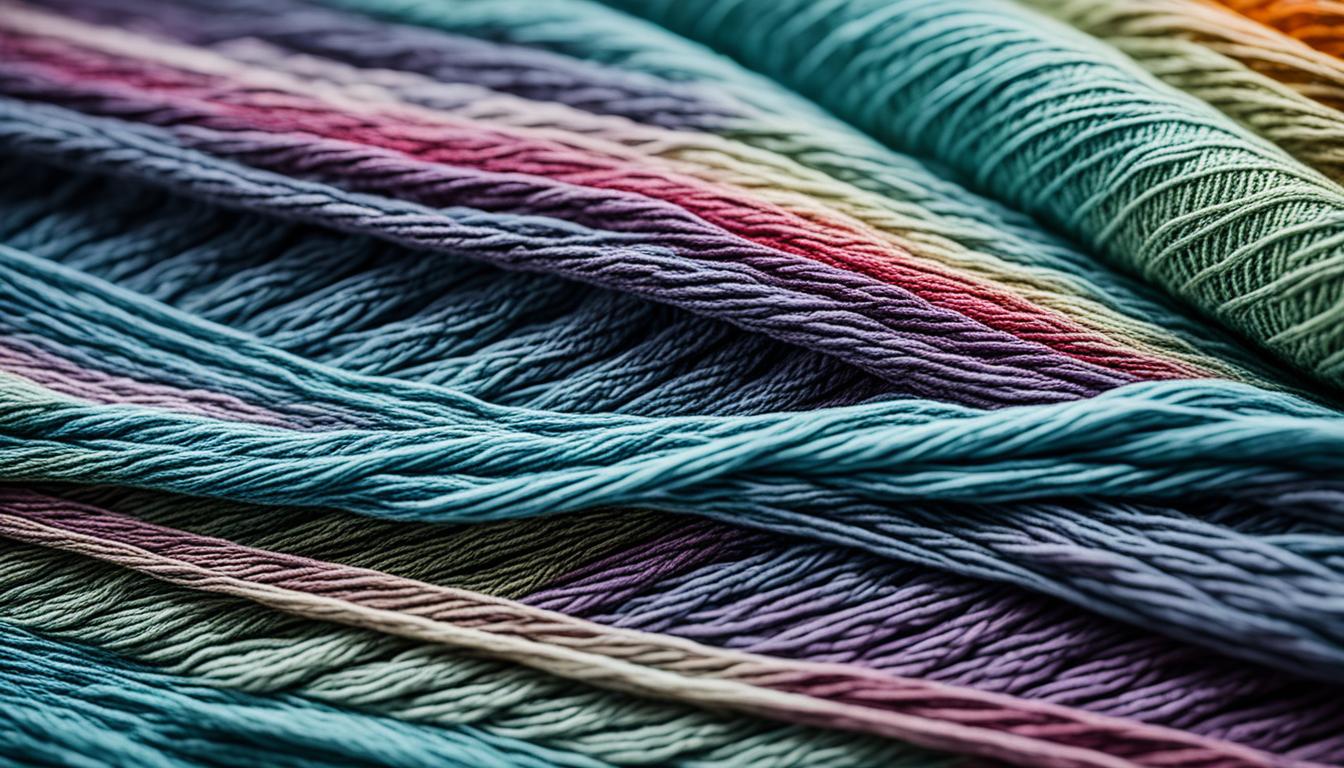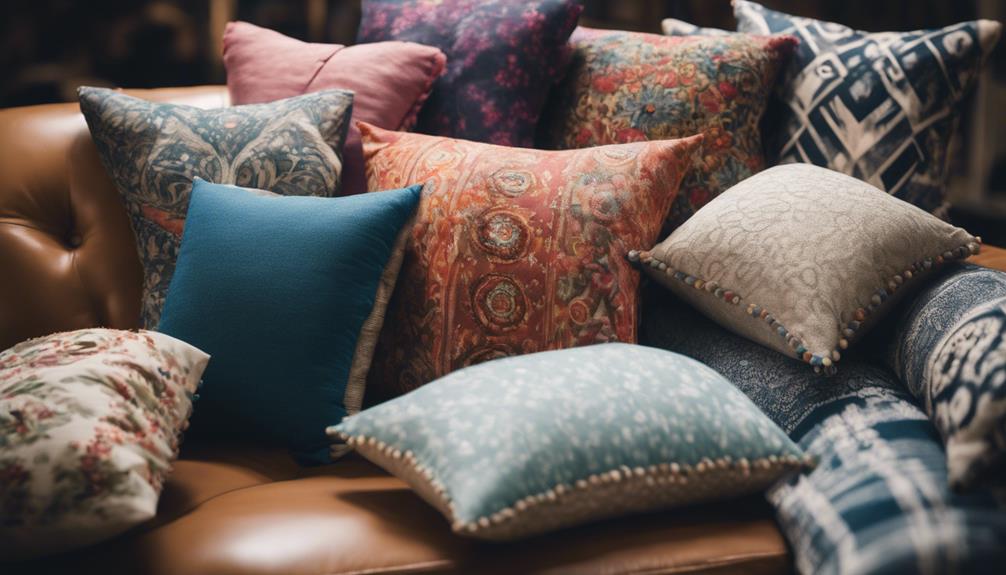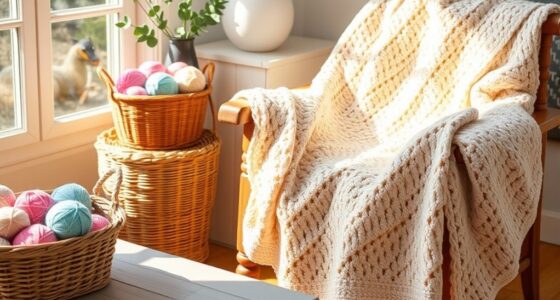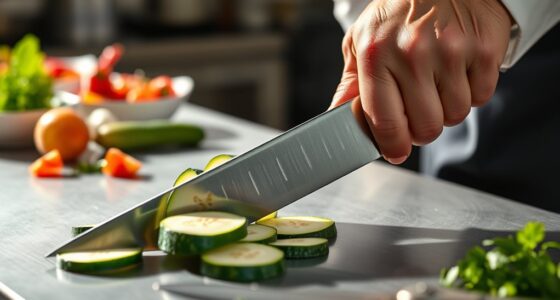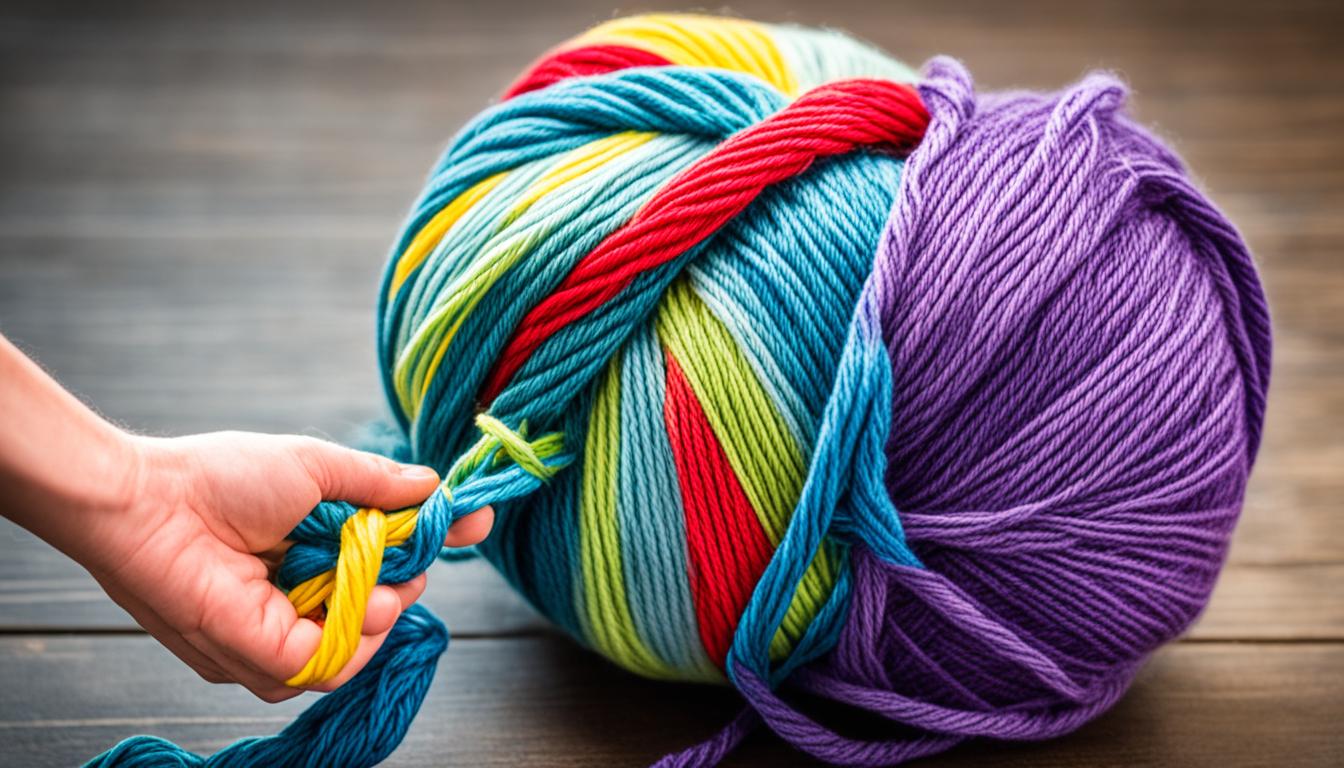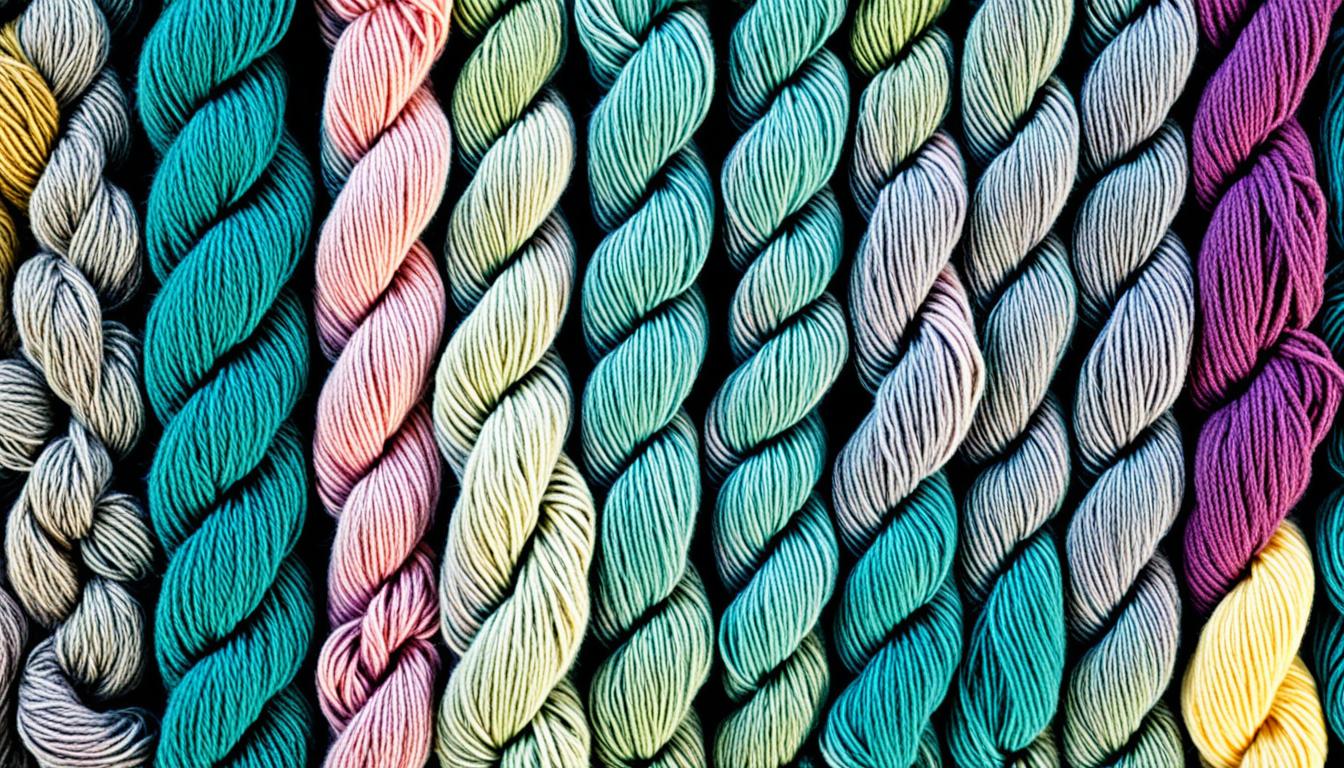Can yarn-dyed fabric be used for both summer and winter seasons? Due to its versatility and special characteristics, yarn-dyed fabric is a suitable option for both seasons. Let’s examine the various elements of yarn-dyed fabric to understand why it is a top choice for both summer and winter.
Key Takeaways:
- Yarn dyed fabric is lightweight and breathable, making it perfect for summer clothing.
- Heavier yarn dyed fabrics provide warmth and insulation, ideal for winter clothing.
- The choice of yarn and fabric weight determines the suitability for each season.
- Yarn dyed fabrics offer unique patterns and textures that cannot be achieved with other dyeing methods.
- Consider personal preference, style, and color when choosing yarn dyed fabric for different seasons.
What are Yarn Dyed Fabrics?
Yarn dyed fabrics are a type of fabric that is woven from yarns that have been dyed before they are woven into the fabric. This dyeing process creates unique patterns and textures that cannot be achieved with other dyeing methods. Yarn dyed fabrics can be made from various fibers such as cotton, linen, wool, or flannel. The choice of fiber affects the properties of the fabric, making it suitable for different seasons.
When it comes to yarn dyed fabric properties for summer, lightweight and breathable fabrics are the ideal choice. These fabrics allow for ventilation and breathability, keeping the wearer cool and comfortable in hot weather. In contrast, yarn dyed fabrics for winter are generally heavier and warmer. Fabrics made of wool or flannel provide insulation and warmth, making them perfect for colder temperatures.
Yarn dyed fabrics are versatile and can be used for various clothing items and accessories. The weight and thickness of the fabric depend on the type of yarn used. For example, lightweight yarn dyed fabrics are suitable for summer clothing such as dresses, shirts, and shorts. On the other hand, heavier yarn dyed fabrics are ideal for winter clothing such as coats, jackets, and scarves.
Properties of Yarn Dyed Fabrics for Summer and Winter
| Property | Summer | Winter |
|---|---|---|
| Breathability | High | Medium |
| Insulation | Low | High |
| Weight | Light | Heavy |
| Warmth | Low | High |
How to Identify Yarn Dyed Fabrics?
Identifying yarn dyed fabrics can be done by observing their unique characteristics. Unlike other dyeing methods, yarn dyed fabrics have distinct features that set them apart.
1. Front and Back Inconsistencies
An easy way to identify yarn dyed fabrics is by checking if the front and back of the fabric match. Due to the nature of the dyeing process, there may be variations in color or pattern between the two sides. This inconsistency adds a touch of uniqueness to the fabric.
2. Raised Textures
Yarn dyed fabrics often exhibit raised textures woven into the fabric. These textures can create interesting patterns and enhance the visual appeal of the fabric. Running your fingers over the surface can help you identify these raised textures.
3. Artisanal and Rustic Look
Compared to other dyeing methods, yarn dyed fabrics have an artisanal and rustic appearance. The dyeing process results in a more natural and handcrafted aesthetic, adding character to the fabric.
What Sets Yarn Dyed and Piece Dyed Fabrics Apart?
In contrast to yarn dyed fabrics, piece dyed fabrics are dyed after the weaving process. This means that the entire piece of fabric is dyed in a single, uniform color. Piece dyeing is the most common dyeing method used in the textile industry, resulting in fabrics with consistent color throughout.
“Yarn dyed fabrics offer unique patterns, textures, and an artisanal look that sets them apart from piece dyed fabrics, which have a more uniform color.”
Knowing how to identify yarn dyed fabrics can help you appreciate their craftsmanship and choose the right fabric for your projects.
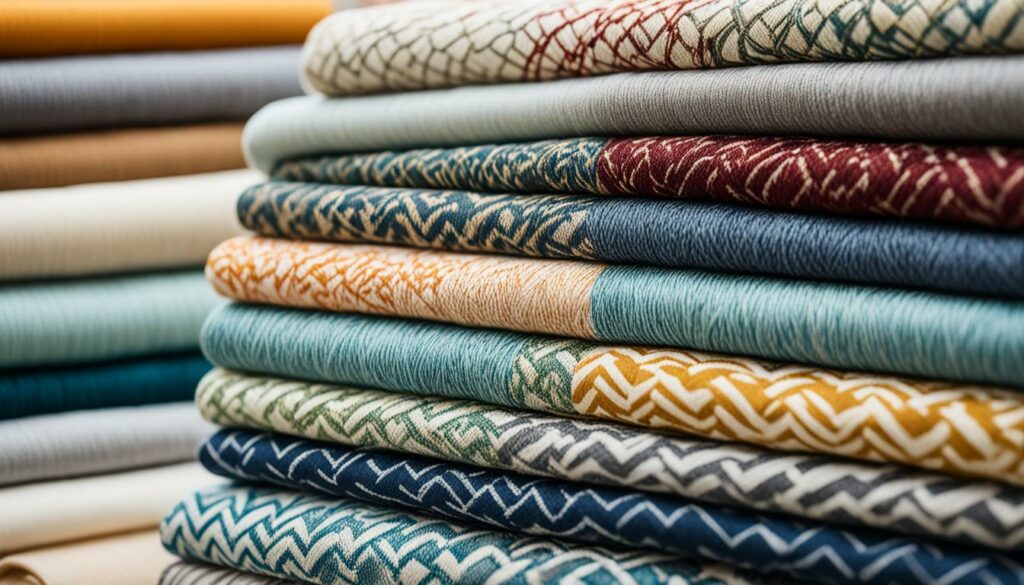
| Identification Criteria | Yarn Dyed Fabrics | Piece Dyed Fabrics |
|---|---|---|
| Front and Back Match | No | Yes |
| Raised Textures | Yes | No |
| Overall Appearance | Artisanal and rustic | Uniform color |
Common Fabric Dyeing Processes
In addition to yarn dyeing, there are several other common fabric dyeing processes used in the textile industry. Each process has its own unique advantages and is suitable for different types of fabrics or yarns. Let’s explore some of these processes:
- Garment Dyeing: This process involves dyeing finished garments. It is a popular method used to achieve vibrant and unique colors on clothing items.
- Warp Beam Dyeing: Warp beam dyeing is an economical way to dye large quantities of yarn. The yarn is wound onto a beam and then dyed before it is woven into fabric.
- Direct Dyeing: In direct dyeing, the dye is applied directly to the textile without the need for an affixing agent. This process is commonly used for dyeing natural fibers.
- Stock Dyeing: Stock dyeing is a yarn-level dyeing process. It involves dyeing the yarn before it is woven into fabric. This method allows for consistent and even color distribution.
- Package Dyeing: Package dyeing is a less expensive method of dyeing spools of yarn. The yarn is wound onto a package and then dyed in a dye bath.
- Skein Dyeing: Skein dyeing is a process where the yarn is wound into skeins before being dyed. This method allows for better dye penetration and color consistency.
- Top Dyeing: Top dyeing is the process of dyeing the fiber or wool before it is spun into yarn. It is commonly used for specialty fibers and produces vibrant and uniform colors.
These fabric dyeing processes offer different ways to achieve desired colors and effects on various types of fabrics. The choice of dyeing process depends on the desired outcome and the characteristics of the fabric or yarn.

Advantages of Different Fabric Dyeing Processes
“Different fabric dyeing processes provide various advantages depending on the type of fabric or yarn. It is essential to choose the right process to achieve the desired color, texture, and quality.”
Overall, these fabric dyeing processes play a crucial role in the textile industry, allowing for the creation of a wide range of colors and effects on fabrics. Their versatility and unique characteristics contribute to the diverse options available for designers and consumers.
Yarn Dyed Fabric for Each Season
Yarn dyed fabrics can be worn in any season, as they are not season-oriented. However, the choice of fabric weight and color may vary depending on the season. Lightweight and breathable yarn dyed fabrics are suitable for summer, while thicker and warmer fabrics are more suitable for winter.
In the summertime, lightweight yarn dyed fabrics are ideal for creating comfortable and breezy garments. These fabrics allow for proper ventilation and breathability, keeping you cool and refreshed even on the hottest days. Whether it’s a flowy dress or a stylish shirt, yarn dyed fabrics in vibrant colors and bold patterns can add a touch of summer flair to your wardrobe.
If you’re planning a beach vacation or a picnic in the park, choosing yarn dyed fabrics in summery hues will give your outfits a playful and cheerful vibe.
As the colder months approach, thicker and warmer yarn dyed fabrics become the fabric of choice. Wool and flannel yarn dyed fabrics are known for their excellent insulation and heat retention properties, making them perfect for cozy winter garments. From stylish coats to comfortable scarves, these fabrics provide the necessary warmth to keep you comfortable in low temperatures.
Embrace the winter season with darker, more muted colors in yarn dyed fabrics. Rich jewel tones and earthy hues bring a sense of sophistication and elegance to your winter wardrobe.
Ultimately, the choice of yarn dyed fabric in each season depends on personal preference and style. Some individuals might opt for lightweight fabrics throughout the year, layering them with warmer garments in winter. Others may prefer the distinct transition of fabrics, choosing lighter colors and patterns for summer and darker tones for winter. The versatility and diverse options of yarn dyed fabrics allow you to express your unique style, regardless of the season.
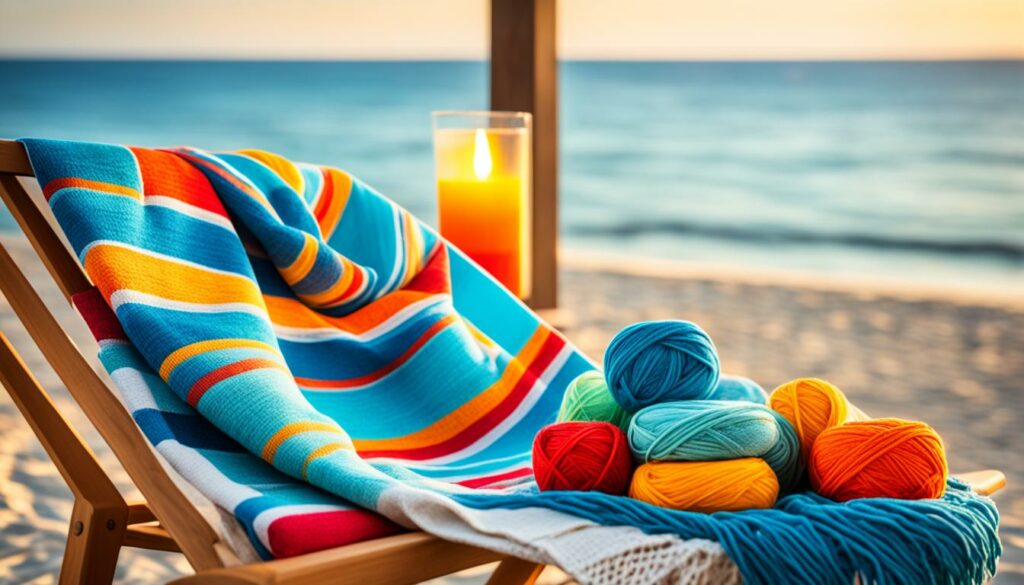
Yarn Dyed Fabric for Summer:
- Lightweight
- Breathable
- Vibrant colors
- Bold patterns
Yarn Dyed Fabric for Winter:
- Thicker
- Warmer
- Excellent insulation
- Cozy and comfortable
- Rich jewel tones
- Earthy hues
Uses of Yarn Dyed Fabric
Yarn dyed fabrics have a wide range of uses in various creative projects. Whether for home decor, fashion garments, or accessories, these fabrics offer unique patterns and textures that add visual interest to any item.
Tablecloths
Yarn dyed fabrics make beautiful and eye-catching tablecloths. The vibrant colors and intricate designs can instantly enhance the decor of your dining table, adding a touch of elegance and sophistication to any meal.
Kurtis
Kurtis, a type of traditional Indian garment, can be crafted from yarn dyed fabrics to create stunning and stylish outfits. The rich colors and patterns of these fabrics make them perfect for adding a pop of color and uniqueness to your wardrobe.
Curtains
Yarn dyed fabrics can also be used to make curtains, adding charm and personality to your living space. The textured appearance and vibrant hues of these fabrics can transform any room into a cozy and inviting environment.
Upholsteries
From cushions to upholstery covers, yarn dyed fabrics can be used to bring life and character to furniture pieces. The varied color palettes and intricate weaves of these fabrics offer endless possibilities for creating aesthetically pleasing and stylish home decor.
Yarn dyed fabrics provide a versatile canvas for creativity, allowing you to experiment with different designs, patterns, and color combinations. Whether you’re a DIY enthusiast or a professional designer, these fabrics offer endless opportunities for expressing your unique style and vision.
With their versatility and visually captivating qualities, yarn dyed fabrics are a popular choice among crafters, designers, and home decorators.
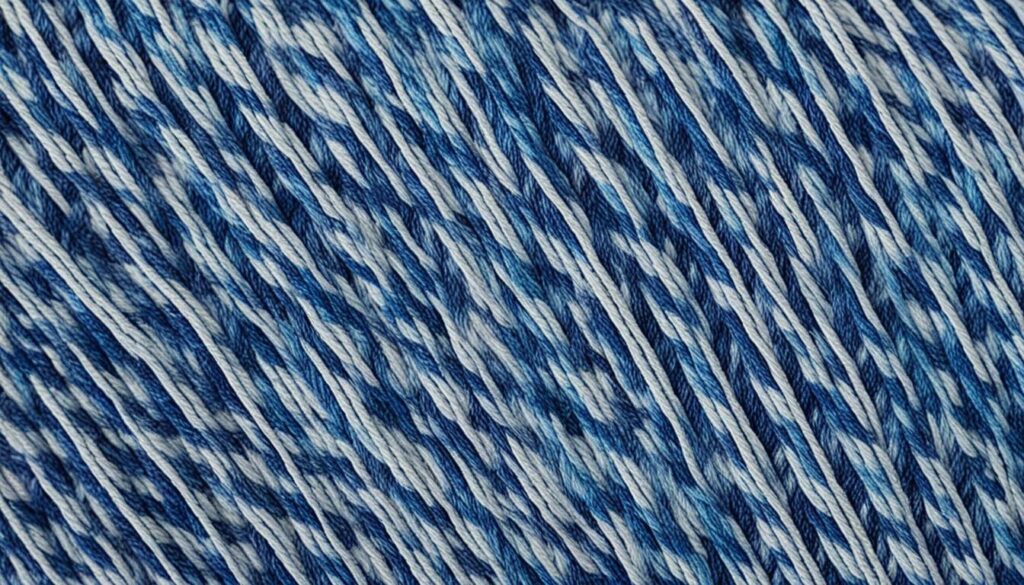
Cost of Yarn Dyed Fabrics
When it comes to yarn dyed fabrics, the cost can vary depending on a few factors. The type of fabric, complexity of the dyeing process, and whether the fabric is handmade or machine-made all play a role in determining the price.
Hand-dyed yarn dyed fabrics, for example, tend to be more expensive compared to machine-made options. This is because hand-dyeing requires skilled craftsmanship, resulting in a higher price tag. However, the unique and artisanal quality of hand-dyed fabrics may make the investment worthwhile.
On the other hand, there are machine-made yarn dyed fabrics available at more affordable prices. These fabrics are produced using automated processes, which helps to lower the cost.
The brand and quality of the yarn dyed fabric can also influence the price. Established brands and fabrics made with high-quality materials may come with a higher price point due to their reputation and superior craftsmanship.
When considering the cost of yarn dyed fabrics, it’s important to weigh the benefits and the intended use. The unique patterns and textures of yarn dyed fabrics, along with their versatility for both summer and winter seasons, make them an attractive option for many fashion and home decor projects.
Ultimately, the cost of yarn dyed fabrics can range from more affordable machine-made options to higher-end handmade fabrics, providing a range of choices to suit different budgets and preferences.
Yarn Dyed Fabric Packs – Winter 2019
At BeBe Bold, we are excited to offer a special collection of yarn dyed fabric packs for winter 2019. These packs are perfect for all your winter sewing projects and come in a variety of colors and textures, providing endless possibilities for your creativity.
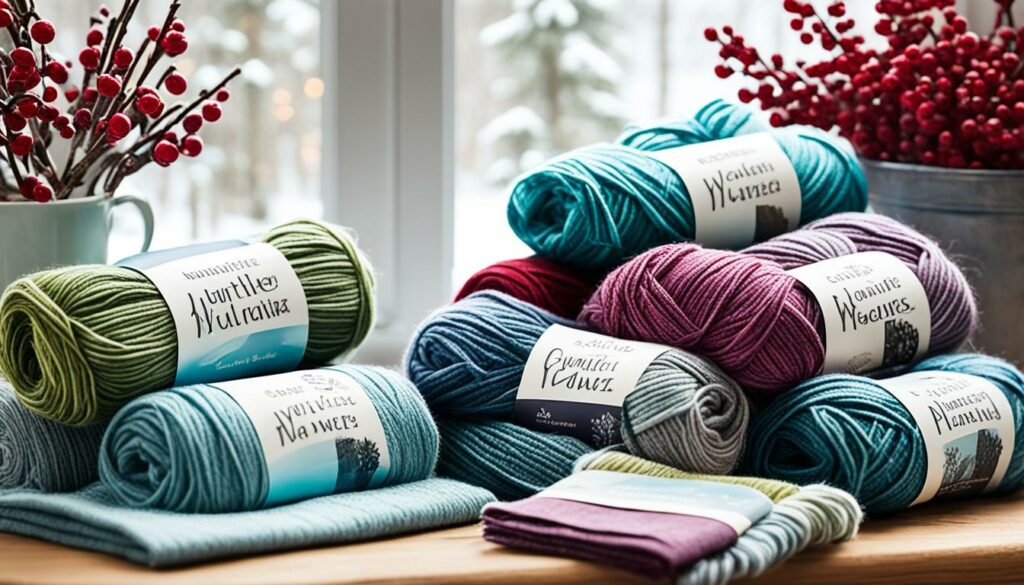
Our yarn dyed fabric packs include a selection of Sakizomemomen squares, each measuring 16 x 25 cm, with a total of 1m of fabric in each pack. These fabric squares are carefully crafted using the yarn dyeing technique, ensuring vibrant and long-lasting colors that will elevate your winter creations.
Winter is the perfect time to experiment with different fabrics and textures, and our yarn dyed fabric packs offer a wide range of options. Whether you are looking to sew cozy scarves, stylish jackets, or warm blankets, our fabric packs have got you covered.
With the unique patterns and textures of yarn dyed fabrics, your winter projects will stand out and make a statement. The rich colors and intricate designs add depth and character to your creations, making them truly one-of-a-kind.
Don’t miss out on the opportunity to explore the world of yarn dyed fabrics this winter. Dive into the collection of fabric packs at BeBe Bold and let your imagination run wild. Get ready to create beautiful and unique pieces that will keep you warm and stylish throughout the winter season.
Choosing the Right Yarn Dyed Fabric
When it comes to selecting the perfect yarn dyed fabric for a specific season, there are a few key factors to consider. The weight and thickness of the fabric play a crucial role in determining its suitability for different weather conditions. For summer, opt for lighter and breathable fabrics that allow for better airflow and ventilation, keeping you cool and comfortable even on hot days. Cotton and linen yarn dyed fabrics are excellent choices for creating breezy summer garments.
On the other hand, when the temperatures drop during winter, it’s essential to choose yarn dyed fabrics that offer warmth and insulation. Look for heavier and warmer fabrics made of wool or flannel, which can help you stay cozy and snug during the colder months. These fabrics have an excellent ability to retain heat, making them ideal for winter clothing such as coats, jackets, and scarves.
In addition to the weight and thickness of the fabric, the color and pattern of the yarn dyed fabric can also contribute to its seasonal suitability. Brighter colors and bold patterns are often associated with summer, while darker and more muted colors are commonly seen in winter fashion. Consider the seasonality of the color palette and select yarn dyed fabrics that align with the desired aesthetic for each season.
However, it’s important to remember that personal preference and style also play a significant role in choosing the right yarn dyed fabric for the season. While there are general guidelines to follow, don’t be afraid to experiment and mix and match different colors, patterns, and fabric weights to create unique and personalized garments for any time of the year.
“The weight and thickness of the fabric play a crucial role in determining its suitability for different weather conditions.”

Key Points:
- Select lighter and breathable fabrics for summer.
- Opt for heavier and warmer fabrics for winter.
- Consider the color and pattern of the fabric for each season.
- Personal preference and style should also be taken into account.
Benefits of Yarn Dyed Fabric
Yarn dyed fabrics offer several benefits. One of the key advantages is the unique patterns and textures that can be achieved through this dyeing method. Unlike other dyeing techniques, yarn dyed fabrics have a distinct and artisanal look that adds a touch of elegance and creativity to any garment or accessory. The patterns and textures created with yarn dyed fabrics are truly one-of-a-kind, making them highly desirable for those seeking unique and individualistic designs.
Another benefit of using yarn dyed fabric is its versatility across all seasons. Whether it’s the heat of summer or the chill of winter, yarn dyed fabrics can be comfortably worn. The choice of fabric weight and color plays a crucial role in adapting yarn dyed fabrics to different seasons. Lightweight and breathable yarn dyed fabrics are perfect for summer, allowing air to circulate and keeping the wearer cool. On the other hand, thicker and warmer yarn dyed fabrics are ideal for winter, providing insulation and warmth against the cold.
Furthermore, yarn dyed fabrics offer customization options based on seasonal needs. The availability of different fabric weights and colors allows individuals to select the most suitable yarn dyed fabric for their desired season. Bright and vibrant colors can be chosen for summer, adding a lively and cheerful touch to outfits. In contrast, darker hues and more subdued tones can be selected for a cozy and stylish winter look. This level of personalization ensures that yarn dyed fabrics can be tailored to complement various seasonal wardrobes.
Yarn dyed fabrics also possess the ability to enhance the overall style of garments and accessories. The intricate patterns and textures contribute to a visually appealing aesthetic, elevating the overall appearance of any ensemble. Whether it’s a statement-making dress, a fashionable scarf, or a decorative pillow, yarn dyed fabrics have the power to transform ordinary items into extraordinary pieces.

Benefits of Yarn Dyed Fabric:
- Unique patterns and textures
- Versatility across all seasons
- Customization based on seasonal needs
- Enhanced overall style
Overall, yarn dyed fabrics are a wise choice for anyone looking to add a touch of sophistication, versatility, and personalization to their wardrobe. With their distinct patterns, textile variations, and ability to adapt to various seasons, yarn dyed fabrics undoubtedly offer a wide range of benefits for both fashion enthusiasts and interior decor aficionados. So why not embrace the beauty and versatility of yarn dyed fabrics and unlock the full potential of your style?
Conclusion
In conclusion, yarn dyed fabrics are a versatile option for both the summer and winter seasons. The choice of fabric weight, color, and pattern is crucial in determining the fabric’s suitability for each season. Lightweight and breathable fabrics are perfect for summer, allowing for ventilation and comfort in hot weather. On the other hand, thicker and warmer yarn dyed fabrics are ideal for winter, providing insulation and warmth in cold temperatures.
Personal preference and style also play a significant role in selecting the right yarn dyed fabric. The unique patterns and textures of yarn dyed fabrics can enhance comfort and style, regardless of the season. Whether you prefer bold and bright colors for the summer or muted and darker tones for the winter, there is a yarn dyed fabric to suit your taste.
With their versatility and visual appeal, yarn dyed fabrics are an excellent investment for any season. Whether you’re looking to create a lightweight summer dress or a cozy winter coat, yarn dyed fabrics can bring your vision to life. So, why limit yourself to seasonal fabrics when you can enjoy the best of both worlds with yarn dyed fabrics all year round?
